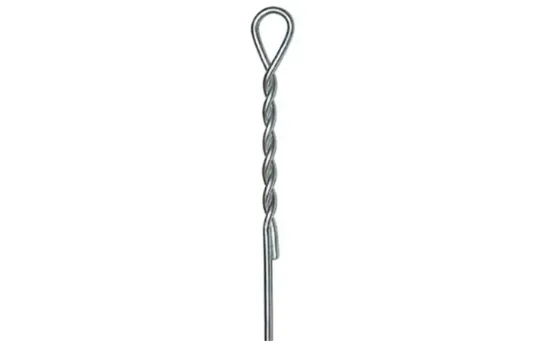-
 Phone:
Phone: -
 Email:
Email:

barbed fencing wire
Barbed fencing wire has long been a cornerstone in agricultural and security practices worldwide. This type of fencing material, characterized by its sharp spikes or barbs spaced at regular intervals along the wire, is designed to deter intruders and prevent livestock from escaping. Its robust nature and relatively low cost make it a preferred choice for farmers, ranchers, and property owners.
The origins of barbed wire date back to the late 19th century, with its first patent awarded to Joseph Glidden in 1873. Glidden's design revolutionized fencing methods, providing a solution to the challenges faced by settlers in the expansive American prairies, where traditional wooden fences were expensive and labor-intensive to build. The introduction of barbed wire opened up vast tracts of land for grazing and farming, effectively shaping agricultural practices and land ownership in the United States.
One of the primary benefits of barbed fencing wire is its effectiveness in containing livestock. Animals such as cattle and sheep are naturally curious and can easily wander off if not securely contained. Barbed wire presents a formidable barrier, ensuring that livestock remains within designated areas, reducing the chances of accidents and potential legal issues associated with stray animals. Moreover, its intimidating appearance acts as a deterrent against potential intruders, helping to safeguard properties.
barbed fencing wire

In addition to its agricultural uses, barbed fencing wire is widely employed in security applications. Many commercial and industrial properties use it to protect critical assets from theft or vandalism. In public facilities, such as prisons and military installations, barbed wire reinforces physical barriers, minimizing escape attempts and unauthorized access. Its presence often signifies a heightened level of security, prompting would-be trespassers to think twice before attempting to breach the perimeter.
Despite its utility, some critics argue that barbed wire poses risks to both humans and wildlife. Animals can become ensnared in barbed fencing, leading to injury or death. Similarly, there are concerns about the safety of individuals who may inadvertently come into contact with the sharp edges. In light of these issues, alternative fencing solutions, such as electric fencing or non-barbed variants, have gained popularity in certain contexts.
In conclusion, barbed fencing wire is a practical and effective solution for a range of applications, from agriculture to security. Its historical significance and continued relevance underscore its importance in managing and protecting land and livestock. As technology advances, so too may the designs and materials used in fencing, but the foundational role of barbed wire in modern infrastructure remains undeniable. Whether isolating livestock or securing valuable property, its sharp presence continues to define boundaries in various landscapes.
-
Wire Mesh for Every Need: A Practical SolutionNewsJul.25,2025
-
Steel Fences: Durable, Secure, and Stylish OptionsNewsJul.25,2025
-
Roll Top Fencing: A Smart Solution for Safety and SecurityNewsJul.25,2025
-
Cattle Farm Fencing Solutions for Maximum SecurityNewsJul.25,2025
-
Affordable Iron Binding Wire SolutionsNewsJul.25,2025
-
Affordable Galvanized Wire SolutionsNewsJul.25,2025
-
Wire Hanger Recycling IdeasNewsJul.25,2025








